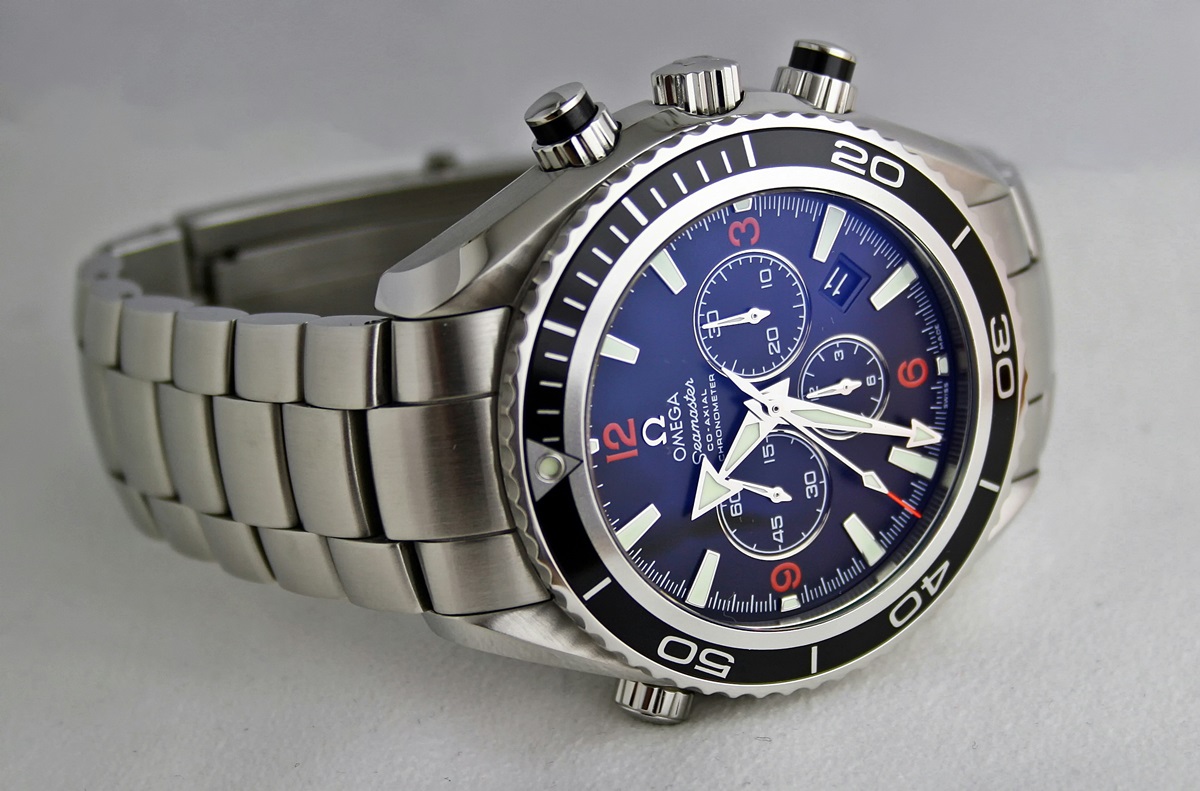 Watches of Switzerland, a prominent luxury watch retailer, recently generated headlines as its stock cratered 33% following a downward revision of its guidance for 2024. Nevertheless, it is important to recognize the optimistic outlook and promising opportunities that persist within the luxury watch industry.
Watches of Switzerland, a prominent luxury watch retailer, recently generated headlines as its stock cratered 33% following a downward revision of its guidance for 2024. Nevertheless, it is important to recognize the optimistic outlook and promising opportunities that persist within the luxury watch industry.
While the macroeconomic environment has significantly impacted consumer spending in the luxury retail sector in recent times, the market for high-end watches globally has remained strong. The global market size, estimated to be US$42 billion in 2022, is projected to tick higher at a 5% annual clip through 2030. Another study forecasts the global luxury watch market to jump from US$29 billion in 2022 to US$50 billion in 2031.
Investors looking to capitalize on the resilience of the luxury watch market may find it timely to consider dialling into the potential of the following stocks.
Luxury goods conglomerate Richemont (CFR/CFRUY) owns 20 jewelry and watch brands including Cartier, Van Cleef, Vacheron Constantin, Piaget, Jaeger-LeCoultre, among others. While jewellery and watch brands account 85% of sales, the group is also active in accessories, writing instruments (Montblanc), clothing and online luxury retail.
“Over the years, the group has amassed and developed a portfolio of very successful global brands, mostly in the hard luxury segment,” says a Morningstar equity report, noting that it is the number-three global luxury goods conglomerate by revenue.
Several brands within the group boast a rich heritage spanning at least a century, with iconic collections lasting 40-80 years, holding significant pricing power. “Prices of more than US$5,000 for most of Richemont’s watch brands and the prestige value attached to them protect the group’s watch business from the emerging technological disruption,” says Morningstar equity analyst Jelena Sokolova.
The luxury retailer’s wide moat is built on intangible assets including pricing power, its stability over time, conspicuousness of consumption and investment value of the brand's products, among other factors.
“Richemont scores strongly in most of these areas,” says Sokolova, who recently upped the stock’s fair value to CHF 154 from CHF 140, prompted by better growth assumptions.
She projects 6% revenue growth over the next 10 years for the core business, outpacing the 5% growth forecast for the luxury industry.
Parent company of the iconic Omega watch brand, Swatch Group (UHRN/SWGAY)’s other high-end well known brands include Longines, Breguet, Tissot and Swatch. Omaga accounts for about 30% of its sales, while the rest comes from ultraluxury brands (17%), Longines (20%), Tissot (10%), and Swatch (6%).
Omega and Longines are the group’s most profitable brands. The group’s 18 brands cover all price ranges, from entry to ultraluxury. “Swatch-owned brands account for around 35% of Swiss watch exports,” says a Morningstar equity report, adding that the group’s luxury brands boast 100- to 200-year histories, iconic collections, and deep cultural heritage.
Swatch's strategy of having different brands at different price range allows it to attract more customers as they move towards higher-priced options.
“The demand for high-end watches is not structurally impaired (around 50% of revenue), [while] branded jewellery offers attractive upside for growth (around 8% of revenue from Harry Winston brand),” says Sokolova.
The company's less expensive watches (under 20% of sales) may stabilize as smartwatches mature, a trend expected to begin this year.
Sokolova recently increased the stock’s fair value to US$21.30 per ADR from US$18.30, implying 4.5% average revenue growth in future. “We expect mid-single-digit growth for the group’s higher-end brands (Omega and Breguet) and high-single-digit growth for Harry Winston jewellery,” she notes, forecasting a low-single-digit growth for lower-priced brands such as Tissot, Swatch, over the next few years.
Global luxury goods giant MC/LVMHF operates six segments: fashion and leather goods (its largest and oldest); watches and jewelry; wines and spirits; perfumes and cosmetics; selective retailing; and other. The group’s high-profile brands include Tag Heuer watches, in addition to Louis Vuitton, Bulgari, Fendi, Givenchy, Hennessy, Moet & Chandon, Sephora, and others.
The company’s products, spanning various categories, epitomize luxury and opulence, endorsed and favoured by celebrities from diverse fields.
“A portfolio of strong leading brands in several luxury niches grants LVMH a wide moat and should allow it to generate economic profits well into the future,” says a Morningstar equity report. “LVMH’s portfolio of watch brands is made up of midrange and high-end brands, with average prices of EUR 2,000 and up.”
The group’s brands boast a solid growth record, having taken market share from competitors in most industries in which it operates while maintaining strong profitability. “We expect LVMH to continue generating organic growth of 5%-7% in the medium term, driven by increasing wealth and incomes globally, and to enjoy higher growth for its smaller portfolio brands,” says Sokolova, who recently upped the stock’s fair value to EUR 670 from EUR 640.
She forecasts the Louis Vuitton brand to outpace luxury leather goods market by 3%, “supported by an outsize marketing budget, brand recognition, and pricing power.”
With most brands in its portfolio at least 100 years old, most of LVMH’s segments outperformed their industries on average over the past 10 years in terms of revenue growth and gained market share.





:quality(80)/cloudfront-us-east-1.images.arcpublishing.com/morningstar/RZEYRM7QNVE63FSD5LZOBHHTTQ.jpg)

:quality(80)/cloudfront-us-east-1.images.arcpublishing.com/morningstar/TEJ2DISYWZHSBII4TW4QYHB7B4.png)













